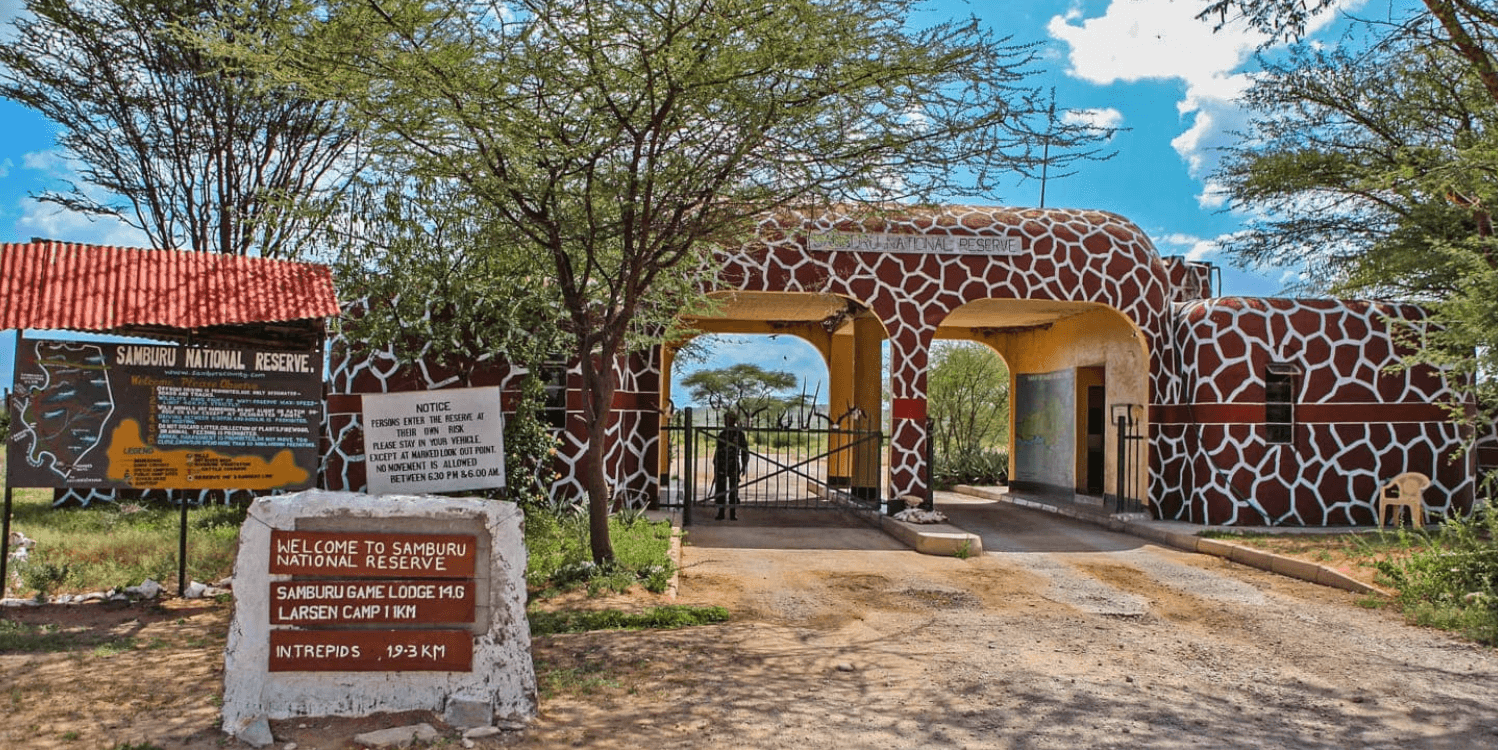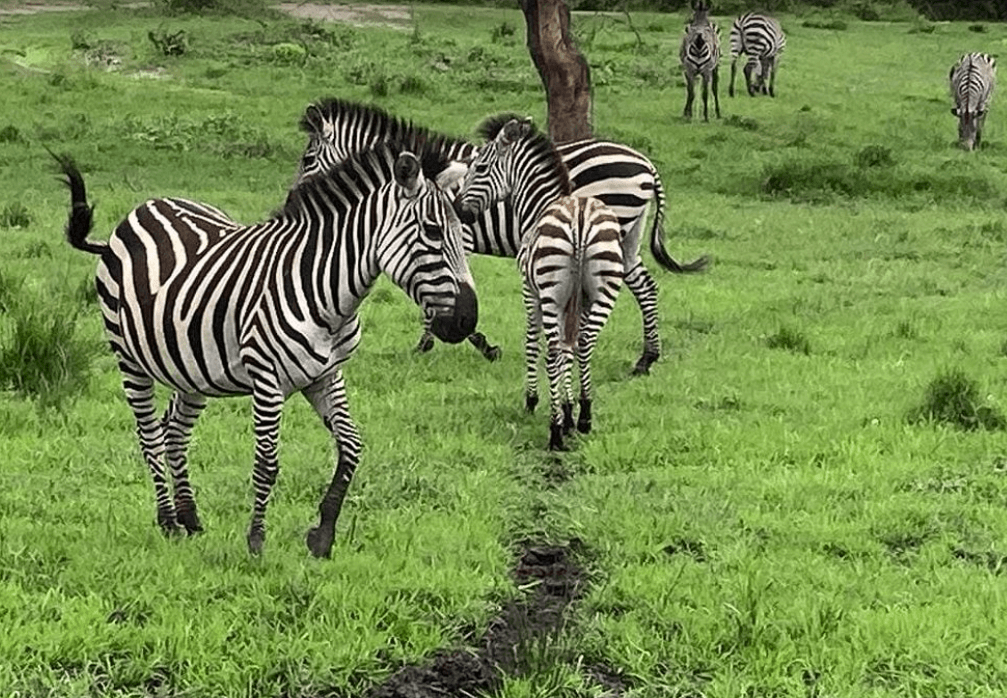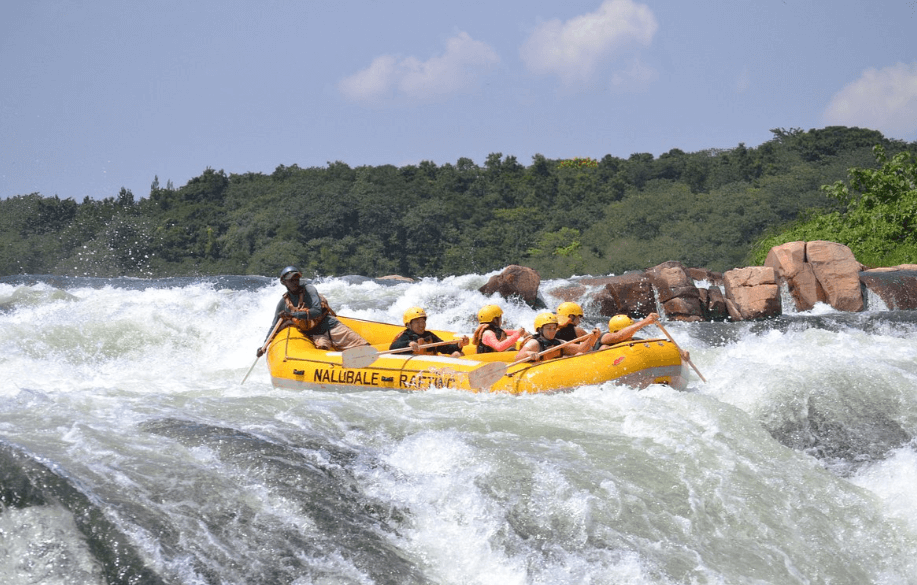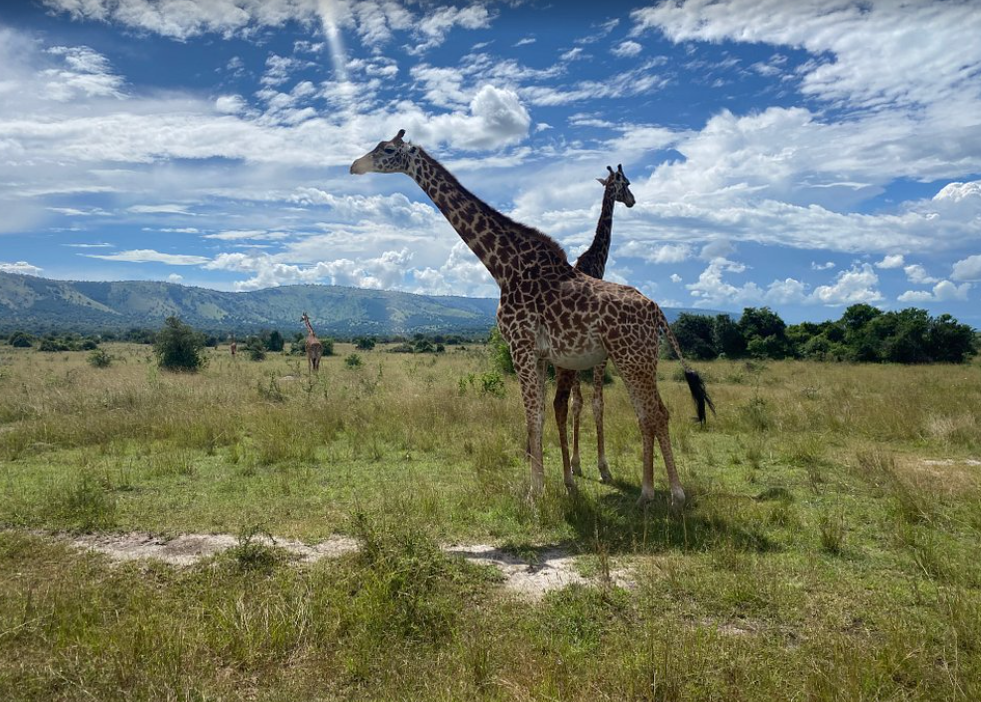Exploring Nairobi National Park: A Comprehensive Guide
Exploring Nairobi National Park, requires just a short drive from Kenya’s bustling capital city, Nairobi, is a unique and remarkable wildlife sanctuary. Established in 1946, it is the oldest national park in Kenya and one of the few wildlife parks situated so close to a major city. Covering an area of approximately 117 square kilometers (45 square miles), Nairobi National Park is renowned for its diverse wildlife, including lions, giraffes, rhinoceroses, and various bird species. The park offers an extraordinary opportunity to experience African wildlife without leaving the city, making it a must-visit destination for both locals and international travelers.
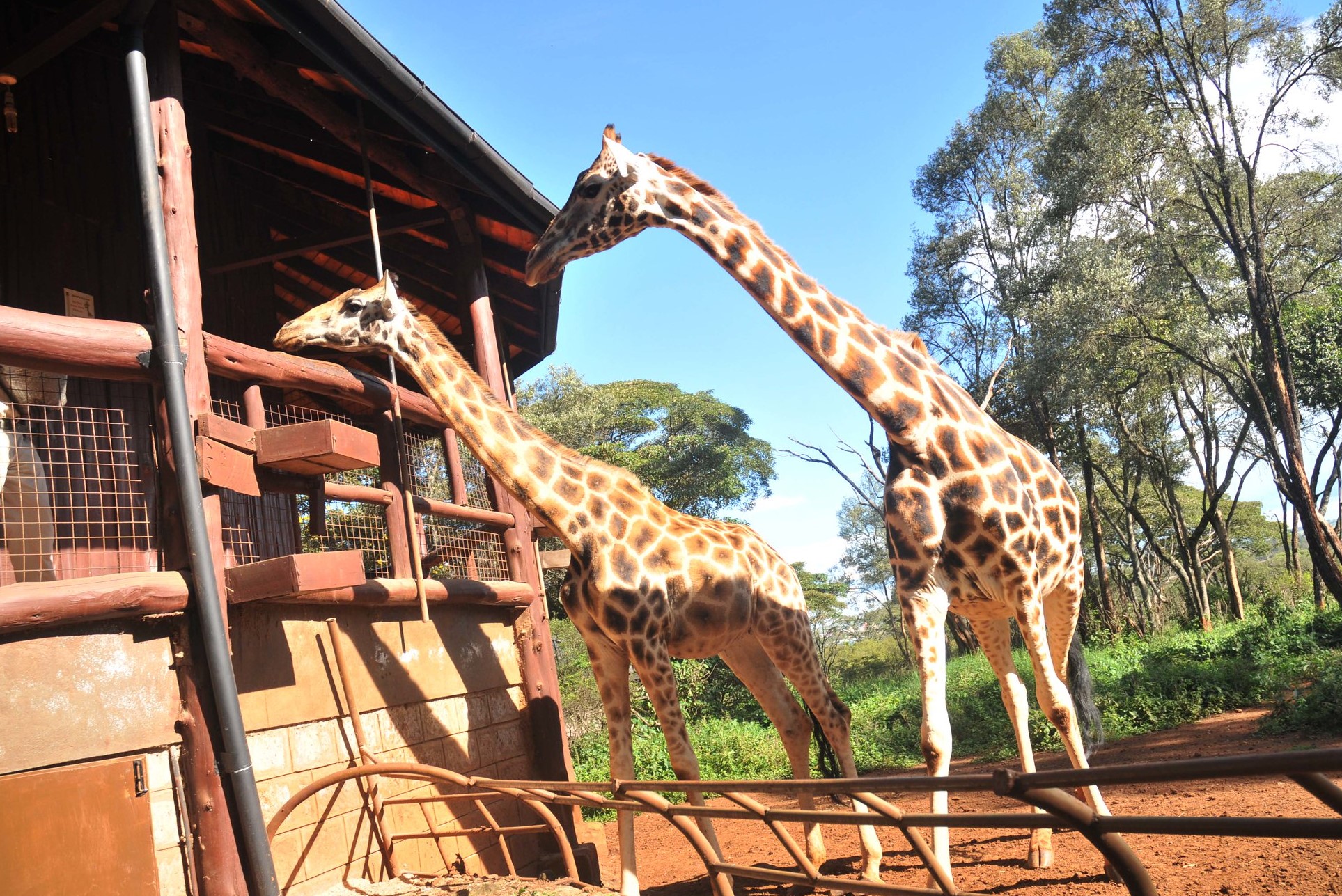
How to Get to Nairobi National Park
By Car
The most common way to reach Nairobi National Park is by car. The park is located about 7 kilometers (4.5 miles) south of Nairobi’s central business district. Driving from Nairobi, follow the Lang’ata Road south, which leads directly to the park’s main entrance. The journey typically takes around 15 to 30 minutes, depending on traffic. The road leading to the park is well-signposted, making it easy for visitors to find their way.
By Taxi or Ride-Sharing Services
For those without a personal vehicle, taxis and ride-sharing services like Uber and Lyft are convenient options. Numerous local operators offer transportation to Nairobi National Park, providing door-to-door service from various locations in Nairobi. This option is ideal for those who prefer not to navigate the city traffic themselves.
By Public Transport
Public transport options include matatus (shared minibuses) and buses that travel to areas near the park. While this is a more budget-friendly option, it may require additional travel and walking to reach the park entrance. Using public transport is less straightforward and may not be the most convenient choice for first-time visitors.
By Private Tour
Booking a private tour is another excellent way to visit Nairobi National Park. Many tour operators in Nairobi offer half-day or full-day safaris that include transportation, park entry fees, and guided tours. This option provides a hassle-free experience, allowing visitors to enjoy the park’s attractions without worrying about logistics.
Tourist Activities at Nairobi National Park
1. Game Drives
Game drives are the primary activity at Nairobi National Park, allowing visitors to observe a variety of wildlife in their natural habitat. The park is home to a diverse range of animals, including the “Big Five” (lion, leopard, rhinoceros, buffalo, and elephant), although leopards are rarely seen. Nairobi National Park is particularly known for its black and white rhinoceroses, which are often spotted during game drives. Visitors can also see giraffes, zebras, wildebeests, and numerous antelope species. Game drives are typically conducted in the early morning or late afternoon to maximize wildlife sightings and avoid the heat of midday.
2. Bird Watching
With over 400 bird species recorded, Nairobi National Park is a haven for bird watchers. The park’s varied habitats, including savannahs, forests, and wetlands, attract a wide array of birdlife. Key species include the African Fish Eagle, the Secretary Bird, and the endangered Nairobi Pipit. The park is especially vibrant during the migratory seasons (October to March), when both resident and migratory birds are present. Bird watching can be enjoyed during game drives or dedicated birding walks.
3. Nairobi Animal Orphanage
Adjacent to Nairobi National Park, the Nairobi Animal Orphanage provides a unique opportunity to see and learn about rescued wildlife. Established in 1964, the orphanage houses injured, orphaned, or confiscated animals that are being rehabilitated. Visitors can see a variety of species, including lions, baboons, and cheetahs, and learn about conservation efforts and wildlife protection. The orphanage also plays a crucial role in educating the public about wildlife conservation.
4. Giraffe Centre
While not part of Nairobi National Park, the Giraffe Centre is a short drive away and complements a visit to the park. Founded in 1979, the Giraffe Centre focuses on the conservation of the endangered Rothschild giraffe. Visitors can feed and interact with these gentle giants, learn about their habitat and conservation status, and enjoy educational displays. The Giraffe Centre offers a close-up experience with one of Kenya’s most iconic animals.
5. Walking Trails
Nairobi National Park offers several walking trails for those who prefer exploring on foot. These trails provide a different perspective on the park’s wildlife and landscapes, allowing visitors to appreciate the smaller details of the ecosystem. Guided walks are available, led by knowledgeable rangers who share insights into the park’s flora and fauna. Walking trails are typically conducted in designated areas where it is safe to explore on foot, and they offer a unique opportunity to connect with nature.
6. Picnic Spots
Nairobi National Park features designated picnic areas where visitors can enjoy a meal surrounded by nature. These spots offer a chance to relax and take in the park’s serene environment. Some picnic areas are equipped with basic facilities, including tables and benches. It is essential to follow park rules regarding food and waste disposal to ensure a safe and enjoyable experience for all visitors.
Accommodations in and Around Nairobi National Park
Inside the Park
Nairobi National Park does not have accommodations within its boundaries. However, several lodges and camps are located just outside the park, providing easy access for visitors. Some options include:
- The Emakoko: A luxury lodge located at the park’s entrance, offering elegant accommodations and personalized service. The Emakoko provides a seamless transition between the city and the park, with comfortable rooms and excellent views of the surrounding landscape.
- Kiboko Luxury Camp: Situated near the park, Kiboko Luxury Camp offers tented accommodations with modern amenities. The camp provides a comfortable and immersive safari experience, with easy access to the park’s attractions.
Nearby Accommodations
Several hotels and lodges are located in Nairobi and the surrounding areas, offering a range of options for visitors. Some recommendations include:
- Nairobi Safari Club: Located in the city center, Nairobi Safari Club provides luxurious accommodations and convenient access to Nairobi National Park. The hotel features comfortable rooms, a swimming pool, and various dining options.
- Sarova Panafric Hotel: This upscale hotel offers a blend of modern comfort and traditional African design. Located in Nairobi, Sarova Panafric Hotel is a good option for visitors seeking a city-based stay with easy access to the park.
- Hotel Sarova Stanley: A historic hotel in Nairobi’s central business district, Hotel Sarova Stanley offers a blend of classic elegance and contemporary amenities. It is well-situated for exploring the city and visiting nearby attractions.
FAQs About Nairobi National Park
1. What is the best time to visit Nairobi National Park?
Nairobi National Park can be visited year-round, but the best times are during the dry seasons from June to October and January to February. During these periods, wildlife sightings are more frequent, and the weather is generally pleasant. The wet seasons (March to May and November to December) bring lush landscapes and fewer crowds, but some roads may become muddy.
2. Is Nairobi National Park safe for tourists?
Yes, Nairobi National Park is generally safe for tourists. The park is well-patrolled by Kenya Wildlife Service (KWS) rangers, and visitors are required to follow park regulations for their safety. It is essential to adhere to guidelines provided by park staff and avoid approaching wildlife too closely.
3. What should I bring for a visit to Nairobi National Park?
When visiting Nairobi National Park, bring lightweight, breathable clothing, a hat, sunscreen, and insect repellent. Comfortable walking shoes are recommended for walking trails. Don’t forget your camera, binoculars for wildlife viewing, and any personal necessities. If you plan to have a picnic, bring food and beverages, but ensure to dispose of waste properly.
4. Can I visit Nairobi National Park with children?
Yes, Nairobi National Park is family-friendly and offers a range of activities suitable for children. Many lodges and tour operators provide family-oriented services and activities, including game drives and educational experiences. Children can learn about wildlife conservation and enjoy the park’s natural beauty.
5. Do I need a guide to explore Nairobi National Park?
While it is possible to explore Nairobi National Park independently, hiring a guide can enhance your experience. Guides provide valuable insights into the park’s wildlife, history, and conservation efforts. They also help with navigation and ensuring you make the most of your visit.
6. What is the park’s entrance fee?
The entrance fees for Nairobi National Park vary based on nationality and age. As of the latest updates, fees are generally lower for Kenyan citizens and residents compared to international visitors. It is advisable to check the current rates on the Kenya Wildlife Service (KWS) website or at the park’s entrance before your visit.
7. Are there any conservation efforts associated with Nairobi National Park?
Conservation Efforts at Nairobi National Park
Nairobi National Park actively engages in numerous conservation initiatives designed to protect its wildlife and preserve its habitats. The park collaborates closely with the Kenya Wildlife Service and various conservation organizations to tackle critical issues such as poaching, habitat destruction, and human-wildlife conflict. These efforts are essential for maintaining the park’s ecological balance and ensuring the survival of its diverse species.
Visitors play a crucial role in supporting these conservation endeavors. By following park regulations and guidelines, you contribute to the protection of wildlife and their environments. Participating in educational programs offered within the park further enhances your understanding of conservation issues and the importance of sustainable practices. Additionally, supporting local and international conservation organizations through donations or advocacy helps bolster ongoing efforts to safeguard Nairobi National Park’s natural resources.
Conclusion
In conclusion, Nairobi National Park presents a unique opportunity to immerse yourself in African wildlife and natural beauty without venturing far from the city. The park’s wide range of activities, including thrilling game drives, rewarding bird watching, and engaging cultural visits, provides an enriching experience for visitors of all ages. Whether you are a local resident or an international traveler, Nairobi National Park stands out as a must-visit destination that highlights Kenya’s commitment to wildlife conservation. Plan your visit to this extraordinary park to explore its remarkable wildlife and stunning landscapes, all just a short distance from Nairobi’s vibrant urban life.


